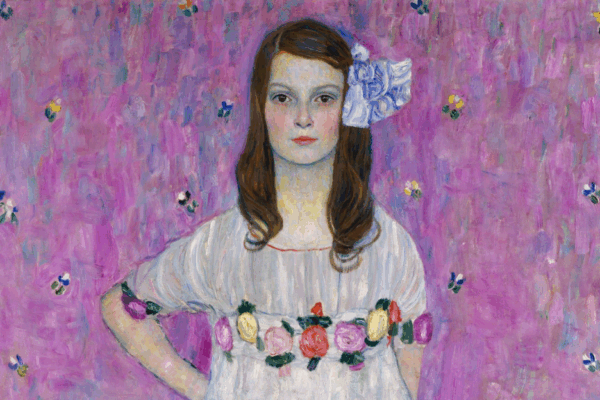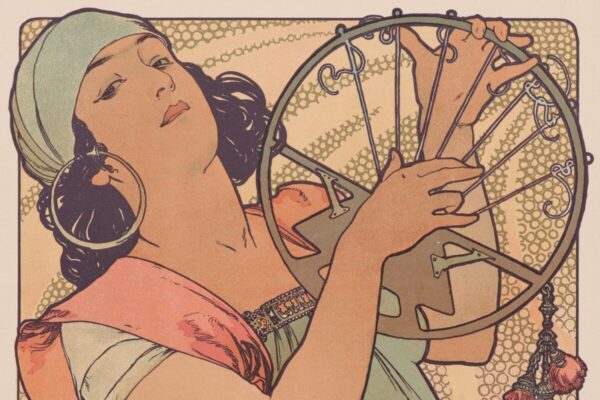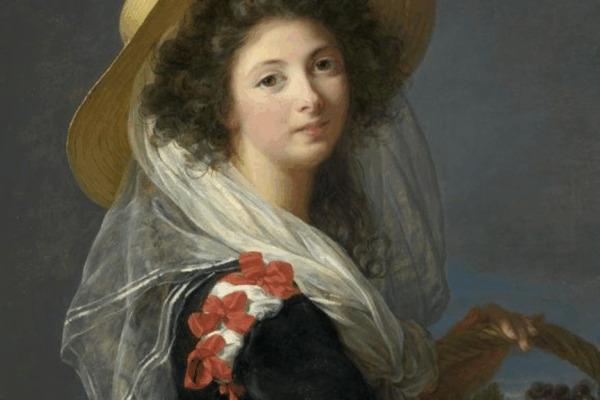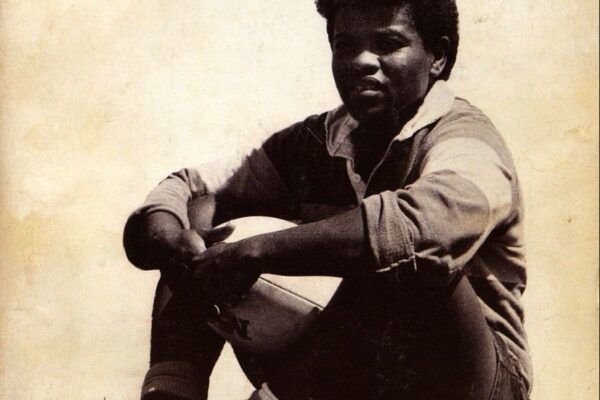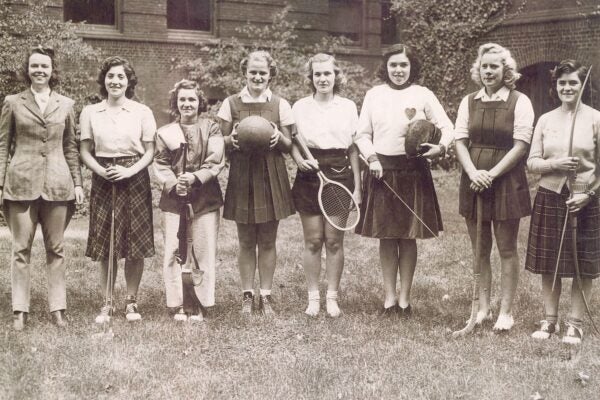Level up your college readiness curriculum with Artstor on JSTOR
No deepfakes. Just trustworthy images and multimedia to boost visual learning. Visual literacy is a critical skill for college success. Artstor on JSTOR bridges the gap between traditional text-based research and powerful visual exploration, offering access to over 2 million high-quality images alongside trusted JSTOR resources.

Why Artstor on JSTOR for your school
Artstor on JSTOR offers educators and students a single, reliable platform for teaching, learning, and visual analysis.
- Diverse and interdisciplinary: Access a vast collection of over 2 million images spanning art, history, anthropology, and more.
- Credibility and context: All images are sourced from leading museums, libraries, and archives and include accurate metadata.
- Interactive learning: Zoom, compare, and create image-based presentations with built-in teaching tools.
- Seamless integration: Use Artstor within the JSTOR platform alongside scholarly journals, books, and primary sources.
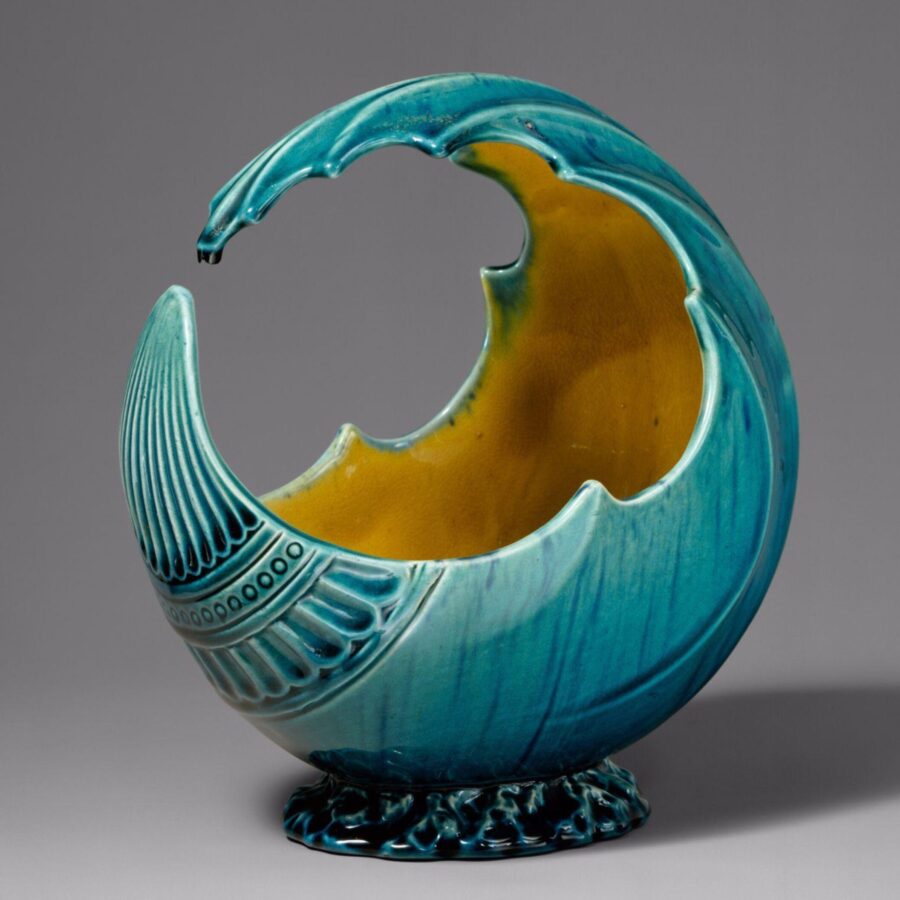
Artstor on JSTOR is the perfect solution for:

- Arts and humanities classes: Deepen understanding of artistic movements, cultural artifacts, and historical periods.
- Social science courses: Analyze visual evidence alongside primary documents and research articles.
- Developing research skills: Teach students to evaluate, cite, and use visual information responsibly.
- Preparing for college: Build visual literacy and critical analysis skills essential for college-level study.
How we help your school get the most out of Artstor on JSTOR
- Librarian resources: Explore curated guides and tools to integrate Artstor into your library or classroom.
- Faculty training: Access webinars, tutorials, and case studies to help you make the most of Artstor’s teaching tools and classroom applications.
- Student support: Use interactive tools, tutorials, and our free self-paced Research Basics course to strengthen your visual literacy, research, and critical thinking skills.
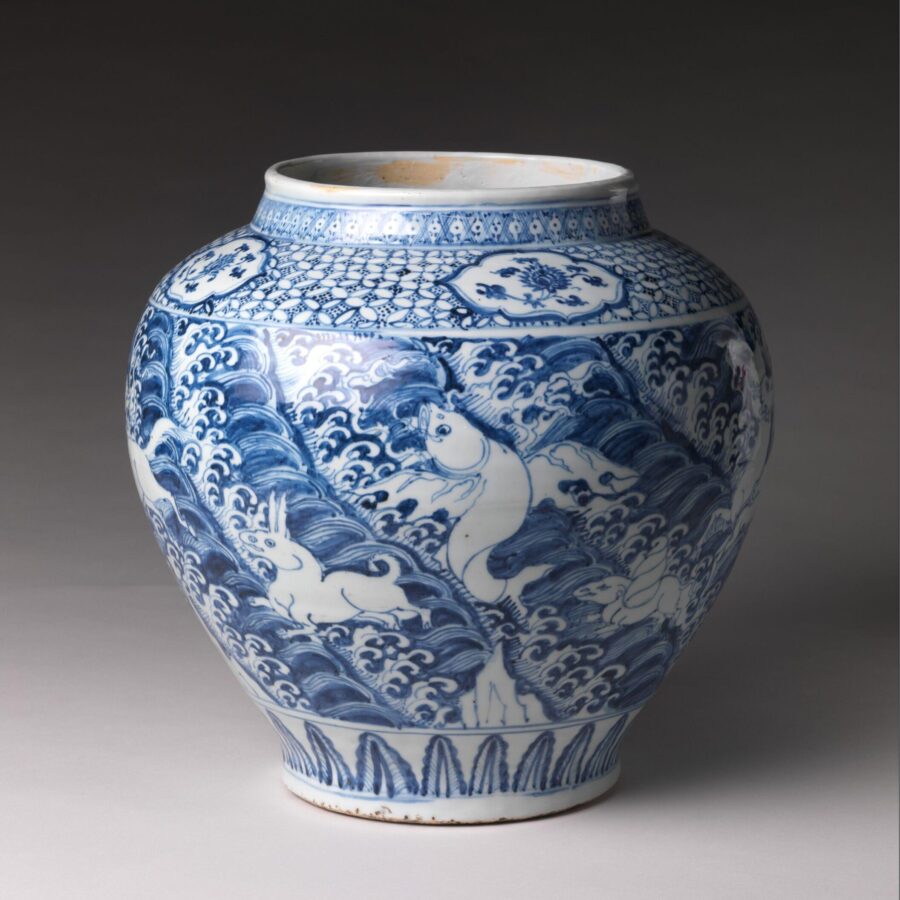
Artstor on JSTOR in action
Discover stories, resources, and updates on how educators, librarians, and researchers are using Artstor on JSTOR to enrich teaching, learning, and scholarship.
Get started with Artstor on JSTOR
Transform your classroom with trusted, high-quality images and multimedia. Request a demo or connect with our team to learn how Artstor on JSTOR can help your students strengthen visual literacy and research skills.
Note: Items marked with * are required.
View image credits from this page

Anne Weston, Francis Crick Institute. Silverfish Scales. n.d. Part of Open: Wellcome Collection, Artstor.
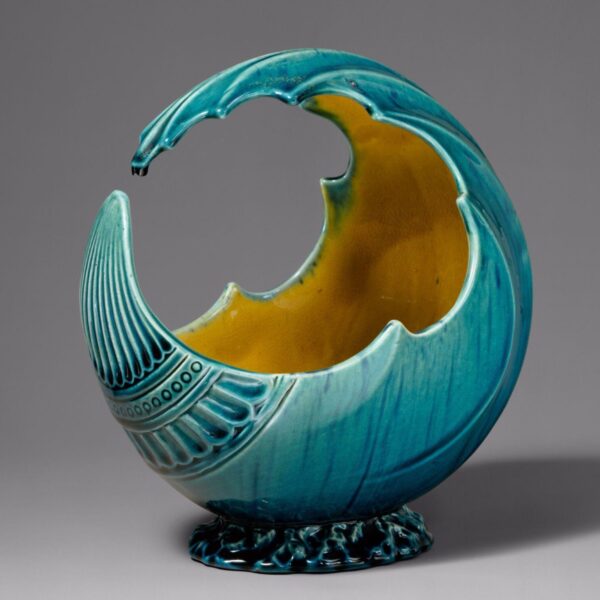
Christopher Dresser. Wave Bowl. ca. 1880. Part of Open: The Metropolitan Museum of Art, Artstor.
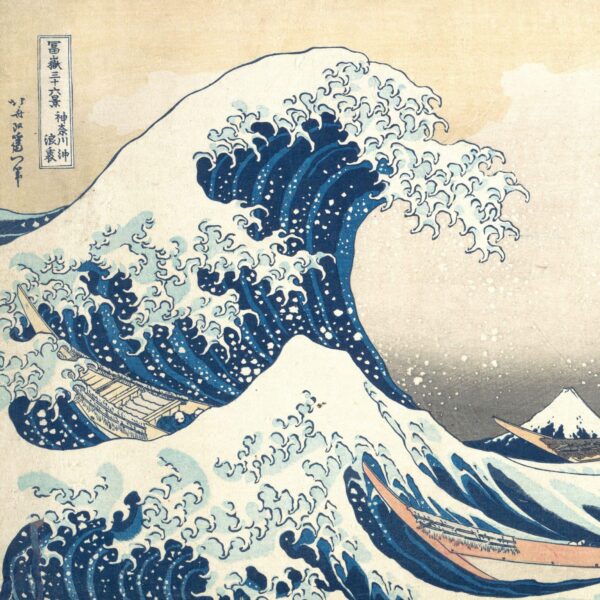
Katsushika Hokusai. Under the Wave off Kanagawa (Kanagawa Oki Nami Ura), Also Known as The Great Wave, from the Series Thirty-Six Views of Mount Fuji (Fugaku Sanjūrokkei). ca. 1830–32. Part of Open: The Metropolitan Museum of Art, Artstor.
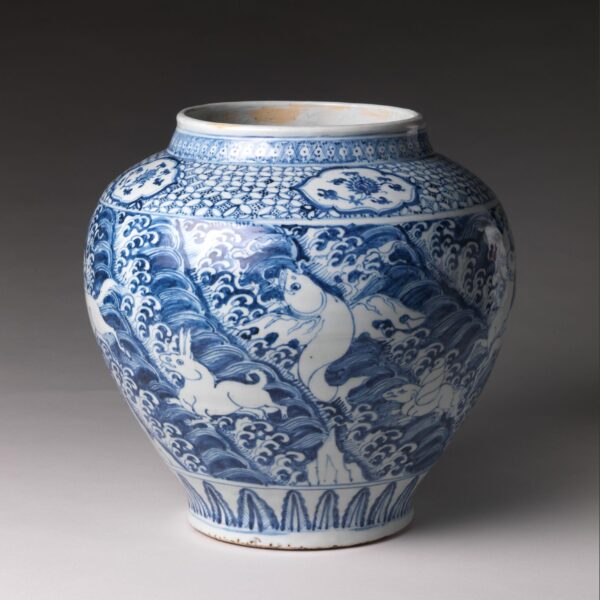
Chinese. Jar with Winged Animals over Waves. Mid-15th century. Part of Open: The Metropolitan Museum of Art, Artstor.
Get Artstor for your school
Take your students to the next level
Enhance your school’s teaching and learning with over 2 million rights-cleared academic images integrated directly with JSTOR. Support visual literacy and prepare students for college-level research—all in one trusted platform.
Note: Items marked with * are required.


